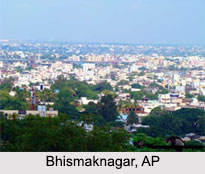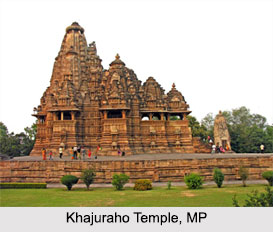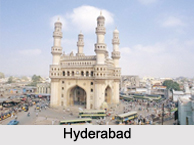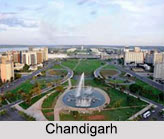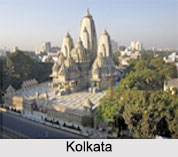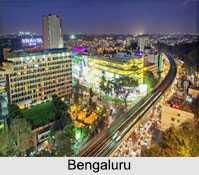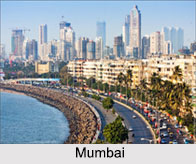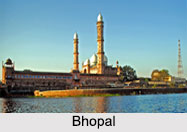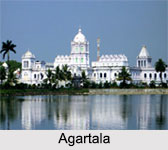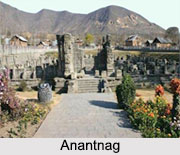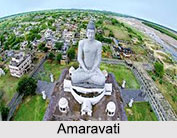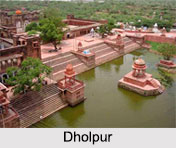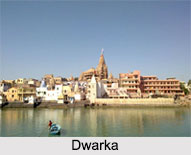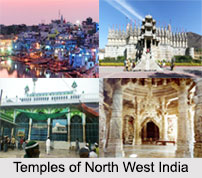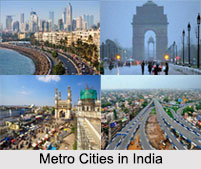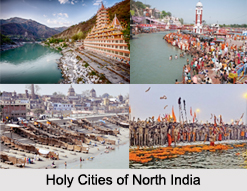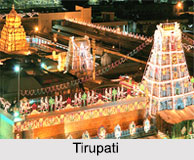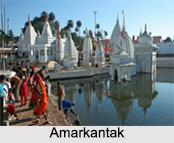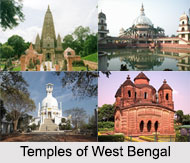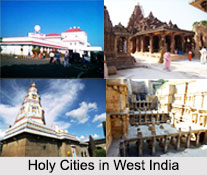Quite a number of cities and towns have thronged the states of Indian subcontinent. Amongst several cities Kheralu deserves to be special mentioning. It is an example of a city and lies in the district of Mehsana of Gujarat state. Not only that a municipality also has been established so that this Kheralu city can be administered in a better way.
The strategic location of Kheralu too is quite significance. It lies approximately at
23.88° N 72.62° E. It has an average height of 149 meters or 488 feet.
To be in the same rhythm of the tradition of India several demographers have organized numerous surveys and research works so that they can provide sufficient information about Kheralu town`s demography. It is a fact that if any one sincerely wishes to know some identifiable features of a town, thorough knowledge of its demography is necessary.
On the basis of facts that they have collected these demographers also have prepared extensive reports afterwards. In this regard a special mentioning may be made of the Census report that has been issued forth in the year 2001.
As has been mentioned in this Census report of 2001, the total population of Kheralu has been enumerated to be 20,143. Also individual status of males, females as well as that of children who are residing in Kheralu can be deduced from this report also. Males are more in number than females and constitutes 52 % of the population. Females are less constituting 48 % only. Also the children who are below six years of age comprises of 13 % of the total population.
Kheralu has an average literacy rate of 68%, higher than the national average of 59.5%: male literacy is 76%, and female literacy is 59%.
To what extent a city has seen developmental growth can be known if one thoroughly studies its literacy condition. So far as Kheralu city`s average literacy rate is concerned it has showed a counting which is even higher than that of India. In other words 68 % and 59.5 % are average literacy rates of Kheralu and India respectively. Taking into account this detail one cannot fall short to comprehend that this city of Kheralu is more or less developed. Few more information about literacy condition can also be decoded from the aforesaid report. In Kheralu males are inclined to education, which is emphasized in their high literacy rate. Thus male literacy rate comprises of 76 %. Female literacy rate has been constituted of 59 %. No wonder, it becomes clear to everyone that female literacy rate is less than that their male counterparts.
It lies at a distance 10 kms to the south of Kodram and 6 kms to the west of Sipur. Tourists quotient gets enhanced by tourist locales that have developed in the near by areas. Vadnagar is one such place, which is situated 11 km to the north. Shri Taranga Teerth is a consecrated place .
Access points of Kheralu also are significant. To make Kheralu easily accessible from various places it is linked by airports and railways. Sardar Vallabhbhai Patel International Airport and Mehsana Junction Railway Station lie in close proximity of Kheralu.
More information about Mehsana district too is available from varied sources. Principal crops like bajra, jowar, jira, cotton and oilseeds are produced. Oilseeds, jira, isabgul, and anise are various industrial products that are found here. Since Kheralu is also a part of this district it is quite natural that people of the city too stride into the footsteps of the district as a whole.
